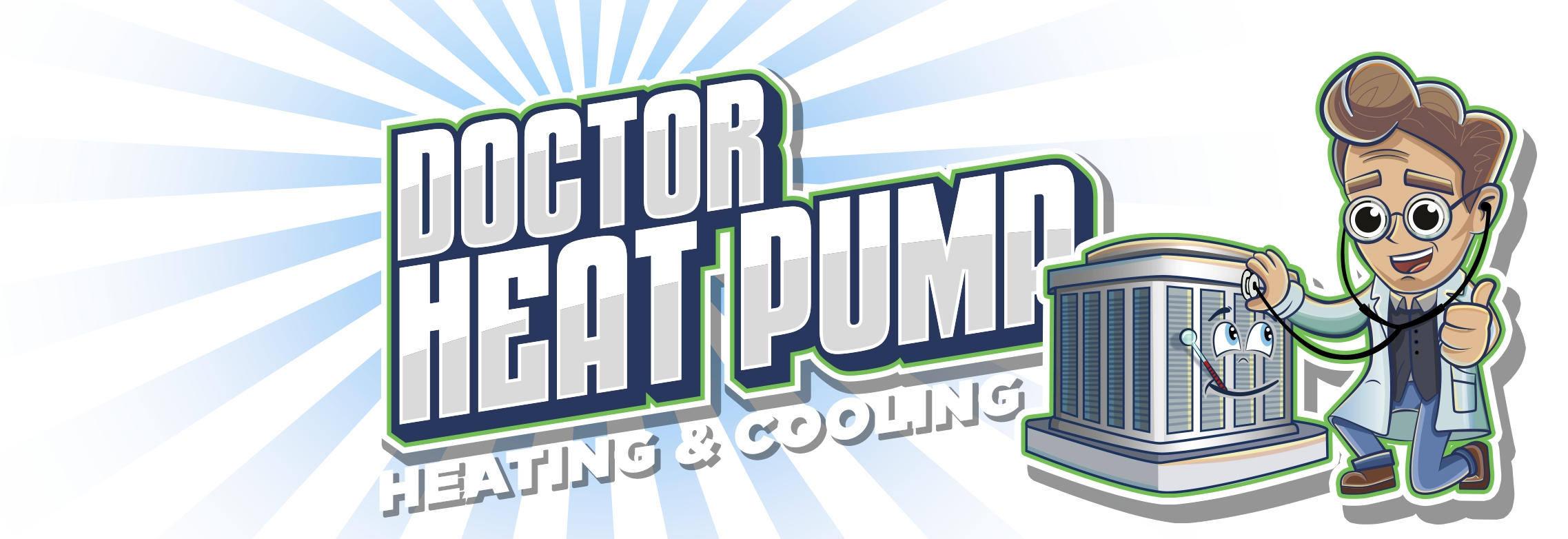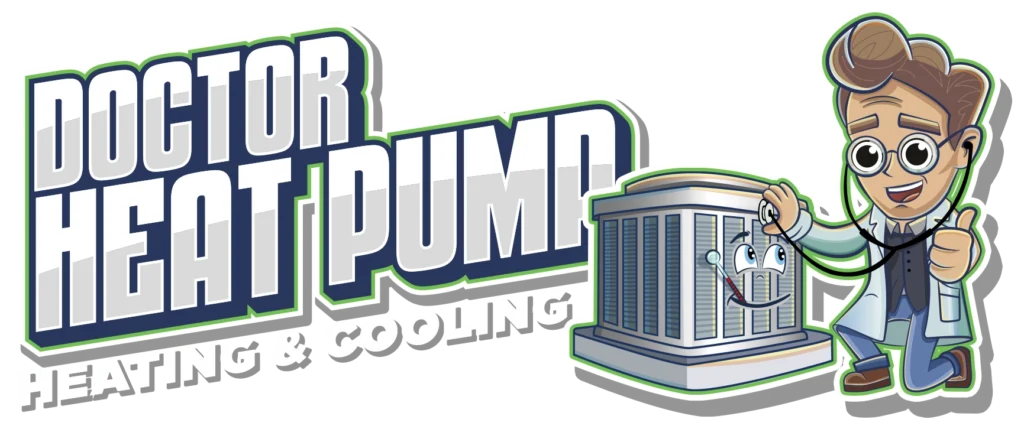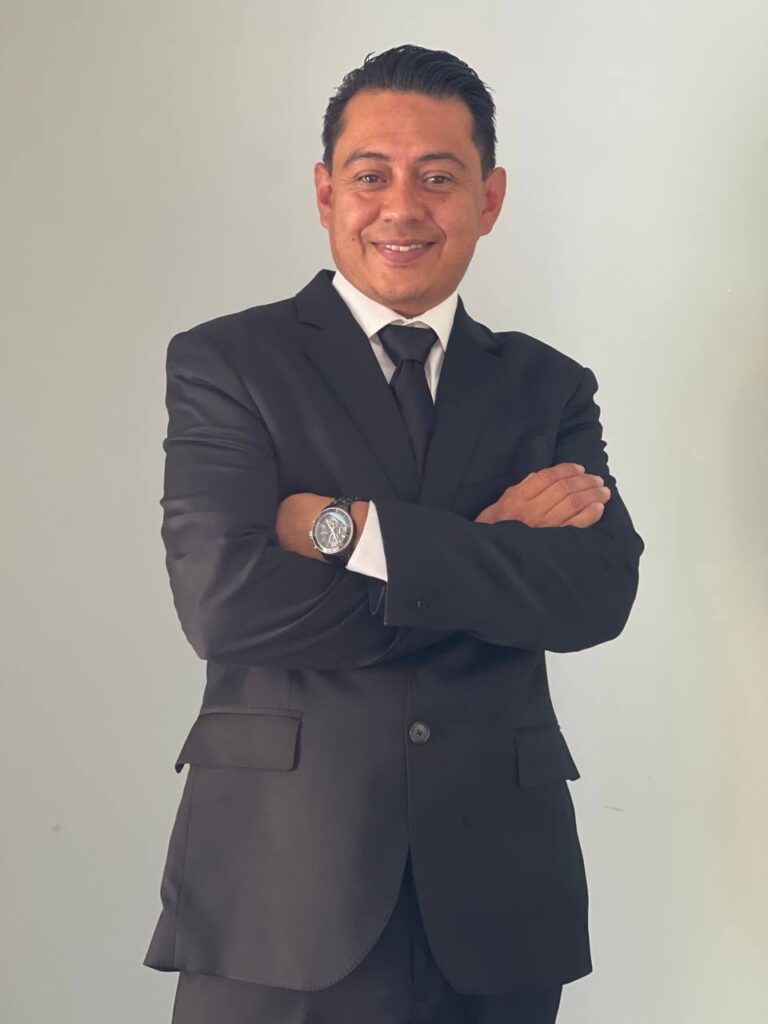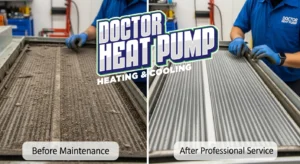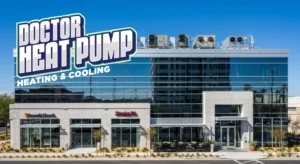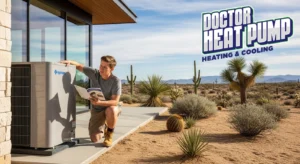Heat pumps are an energy-efficient way to keep your home comfortable year-round, especially in Las Vegas, where temperatures can be extreme. However, where you install your heat pump matters just as much as choosing the right model. Poor placement can lead to higher energy bills, reduced performance, and frequent repairs.
So, where not to install a heat pump in Vegas? In this guide, we’ll cover the worst places for heat pump installation and the best alternatives to ensure efficiency and longevity.
1. Understanding How a Heat Pump Works
Before diving into placement mistakes, let’s quickly review how a heat pump operates, particularly in a hot desert climate like Las Vegas.
A heat pump works by transferring heat rather than generating it. In summer, it pulls heat from inside your home and releases it outside. In winter, it absorbs heat from the air or ground and moves it indoors. This process makes heat pumps much more efficient than traditional heating and cooling systems.
Types of Heat Pumps
| Heat Pump Type | How It Works | Best for Las Vegas? |
|---|---|---|
| Air-Source Heat Pump | Transfers heat between indoor and outdoor air | ✅ Yes, but efficiency drops in extreme heat |
| Ground-Source (Geothermal) Heat Pump | Uses underground temperatures to heat and cool | ✅ Yes, but installation is costly |
| Mini-Split Heat Pump | Provides zoned heating & cooling for specific rooms | ✅ Ideal for small spaces & add-ons |
Visit this website for more information on the different types of heat pumps. Now that we understand how heat pumps work, let’s look at where not to install a heat pump in Vegas to avoid inefficiencies.
2. Where Not to Install a Heat Pump in Vegas
A. In Direct Sunlight All Day
Las Vegas summers can hit 110°F or more, and placing a heat pump in direct sunlight can make it work harder than necessary. Excess heat exposure:
- Reduces efficiency and cooling capacity
- Increases energy costs
- Shortens the system’s lifespan
✅ Better placement: Install the unit on a shady side of the home or use a protective cover (without blocking airflow).
B. Against a Wall with Poor Airflow
Heat pumps need proper ventilation to function correctly. Installing them too close to a solid wall or fence can cause:
- Restricted airflow, reducing efficiency
- Overheating, leading to potential system failure
- Increased wear and tear
✅ Better placement: Leave at least 2-3 feet of clearance around the unit for proper air circulation.
C. Near Landscaping That Blocks Airflow
Trees, shrubs, and fences can trap heat around your heat pump, making it less effective. Common issues include:
- Blocked air circulation
- Debris clogging the system
- More frequent maintenance needs
✅ Better placement: Keep at least 2 feet of clearance from any plants or barriers.
D. Too Close to Windows or Bedrooms
While heat pumps are quieter than traditional HVAC units, they still produce some noise. Installing one near a bedroom or frequently used window can be disruptive, especially at night.
✅ Better placement: Position the unit away from bedrooms and quiet areas to avoid disturbances.
E. On Unstable or Poorly Leveled Ground
If a heat pump isn’t placed on a stable, level surface, it may experience:
- Increased vibrations, leading to system damage
- Poor drainage, which can cause rust or water damage
- Reduced efficiency over time
✅ Better placement: Install the unit on a concrete pad or sturdy ground base to keep it level and secure.
F. In Areas Prone to Flooding or Debris
Las Vegas doesn’t get much rain, but during monsoon season, flash floods and pooling water can be a problem. Placing a heat pump in a low-lying area can cause:
- Water damage to electrical components
- Dirt and debris buildup
- Higher maintenance costs
✅ Better placement: Install the unit on higher ground or an elevated platform to protect it from water damage.
3. Where You SHOULD Install a Heat Pump in Vegas
Now that you know where not to install a heat pump, here’s where you should place it:
- Shady, well-ventilated spots to prevent overheating
- North or east-facing walls to avoid excessive sun exposure
- Elevated platforms or concrete pads for stability
- Proper distance from living spaces for noise control
These placements will maximize efficiency and extend the lifespan of your heat pump.
4. Other Heat Pump Installation Mistakes to Avoid
Even if you choose the right location, other common mistakes can reduce your heat pump’s performance. Avoid these errors:
- Choosing the wrong heat pump size – An undersized unit will struggle to cool your home; an oversized unit will cycle on and off too frequently.
- Ignoring Las Vegas climate factors – Dust storms, extreme heat, and sudden temperature drops all impact performance.
- Skipping regular maintenance – Routine servicing ensures optimal efficiency and prevents costly breakdowns. Visit this site to learn more on How often does a Air Source Heat Pump need maintenance.
Conclusion
So, where not to install a heat pump in Vegas? Avoid placing it in direct sunlight, tight corners, unstable ground, flood-prone areas, or near noise-sensitive spaces. Proper placement is key to maximizing efficiency, reducing energy costs, and ensuring a long lifespan.
If you’re looking for expert heat pump installation in Las Vegas, Doctor Heat Pump is here to help! Contact us today for a consultation and let our professionals find the best placement for your home or business.

